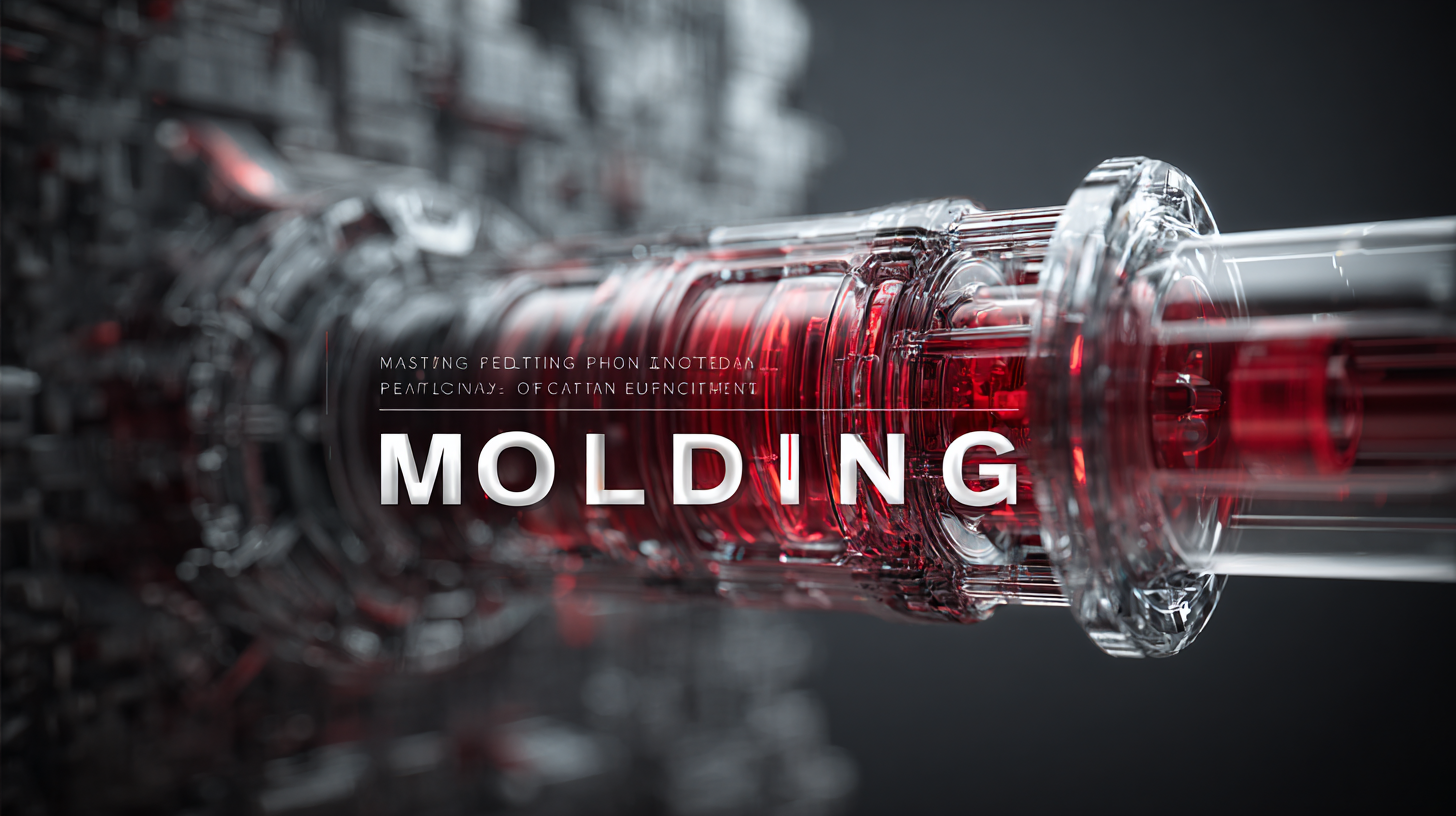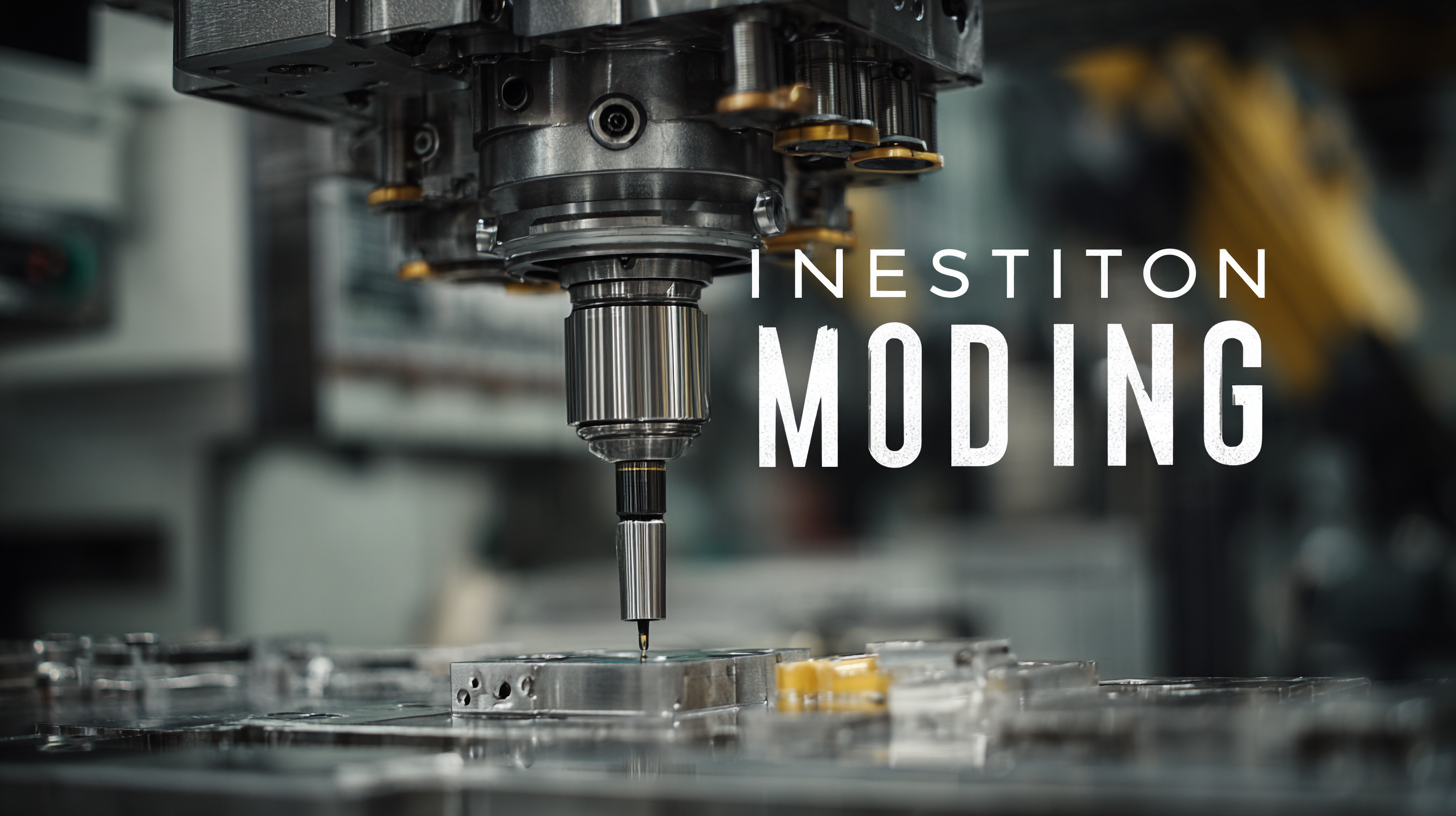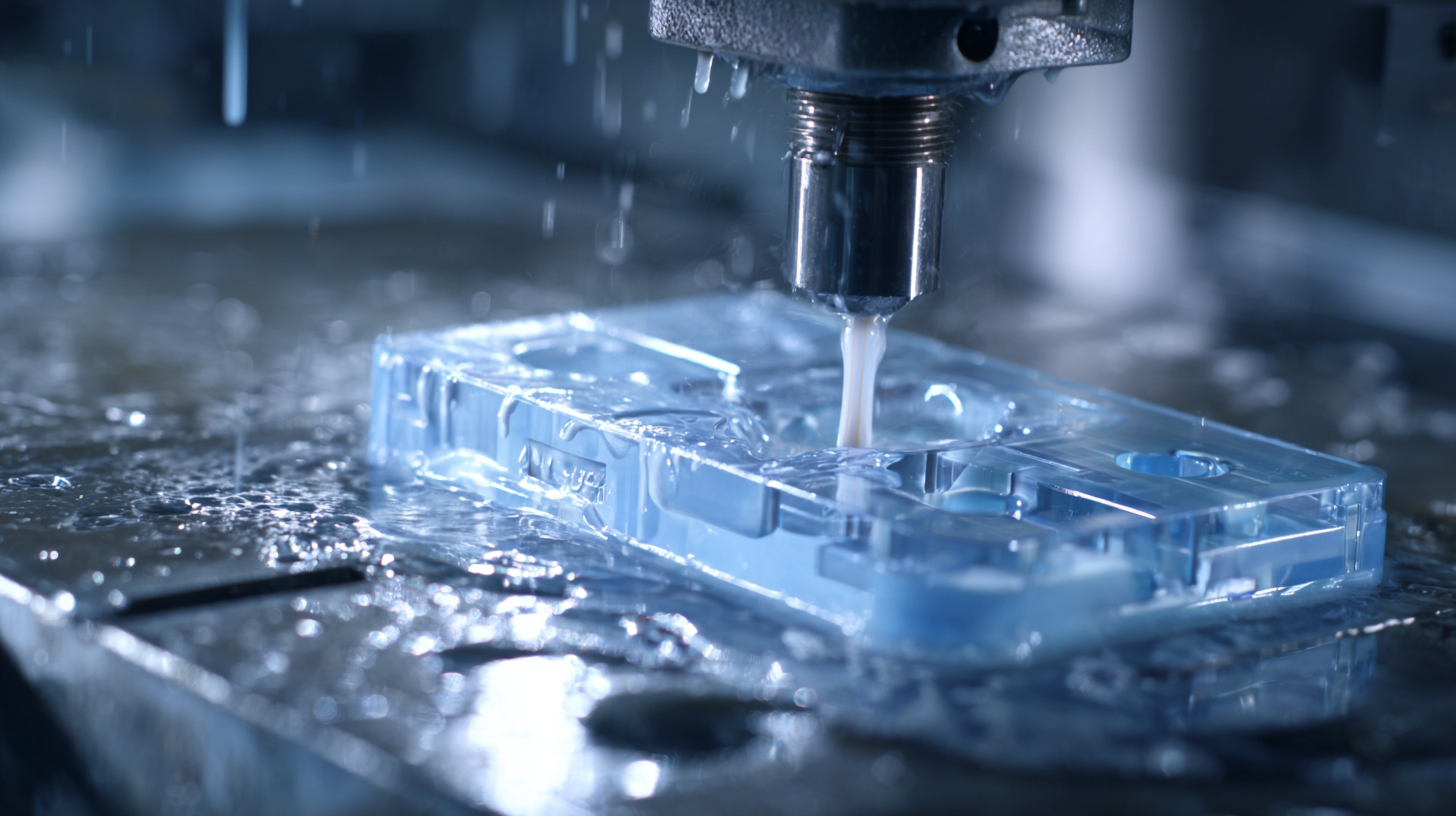


In today's fast-paced manufacturing environment, mastering the best injection molding techniques is crucial for achieving optimal production efficiency. Injection molding, a widely used manufacturing process, allows for the mass production of complex plastic parts with precision and speed. However, the benefits of this technique extend beyond mere production rates; effective post-sale service and reduced maintenance costs play a significant role in enhancing overall operational efficiency.

In this blog, we will explore how to leverage advanced injection molding techniques not only to create high-quality products but also to implement strategies that minimize downtime and service expenses. By focusing on these key aspects, manufacturers can not only achieve superior product quality but also optimize their production workflows, leading to increased profitability and customer satisfaction.
The rise of Industry 4.0 has transformed the landscape of manufacturing, and injection molding is no exception. As smart technology and connected devices become prevalent, the injection molding sector is experiencing unprecedented changes in efficiency, production rates, and quality control. The integration of IoT (Internet of Things) technologies allows for real-time monitoring of the injection molding process, providing manufacturers with valuable data that can drive optimization. This data enables predictive maintenance, reducing downtime and ensuring that machines are operating at peak performance.
Moreover, advancements in artificial intelligence and machine learning play a pivotal role in refining injection molding techniques. These technologies analyze production data to identify patterns and suggest adjustments that can enhance the precision of the molding process. By leveraging these insights, manufacturers can significantly reduce material wastage and improve cycle times. As Industry 4.0 continues to evolve, injection molding will increasingly adopt automated systems that not only streamline workflows but also enhance product quality, ultimately leading to a more sustainable and profitable production environment.
When it comes to evaluating injection molding production efficiency, several key metrics can provide insights into process performance and areas for improvement. One crucial metric is the cycle time, which is the total time taken to complete one cycle of injection molding. By closely monitoring cycle times, manufacturers can identify bottlenecks in their process and make adjustments to reduce delays and increase throughput.
Another important metric is the yield rate, which measures the percentage of products that meet quality standards without rework or scrap. A high yield rate indicates efficient production processes and less waste, contributing to overall cost savings. Manufacturers should implement regular quality checks and utilize statistical process control to ensure consistency and minimize defects.
**Tips:** To further enhance production efficiency, consider investing in advanced injection molding technologies, such as automated systems that can streamline processes. Additionally, training operators on best practices for machine setup and maintenance can greatly reduce downtime and improve productivity. Regular analysis of these key metrics can drive decisions that optimize production and enhance overall operational performance.
| Metric | Description | Optimal Value | Current Value | Improvement Needed (%) |
|---|---|---|---|---|
| Cycle Time | Time taken to complete one production cycle | 30 sec | 35 sec | 14.29% |
| Scrap Rate | Percentage of products that do not meet quality standards | 2% | 5% | 150% |
| OEE (Overall Equipment Effectiveness) | Ratio of manufacturing time to total time | 85% | 75% | 12.5% |
| MTTR (Mean Time To Repair) | Average time taken to repair a machine | 30 min | 40 min | 33.33% |
| Inventory Turnover | Rate at which inventory is used or sold | 6 times/year | 4 times/year | 50% |
Innovative materials are at the forefront of revolutionizing injection molding practices, enhancing production efficiency in ways that align with current industry trends. With the rise of sustainability and eco-conscious manufacturing, materials such as bio-based resins and recycled plastics are gaining significant traction. Reports indicate that the global bio-based plastics market is projected to reach $20 billion by 2025, driven by increasing consumer demand for sustainable products. This shift not only supports environmental goals but also provides manufacturers with opportunities to differentiate their offerings in a competitive marketplace.

Additionally, the convergence of injection molding with advancements in 3D printing technologies is opening new avenues for material flexibility and design innovation. Industry analysts predict that the additive manufacturing sector will surpass $50 billion by 2025, highlighting the growing need for materials that can withstand varying manufacturing processes. As manufacturers increasingly adopt these advanced techniques, the integration of smart materials—capable of adapting to their environment—will further enhance the efficiency and functionality of injection molded products, ultimately reshaping the landscape of modern production practices.
In recent years, the injection molding industry has witnessed a significant transformation with the integration of automation and robotics. By adopting these advanced technologies, manufacturers can substantially enhance production efficiency and product quality. Automation streamlines repetitive tasks, leading to faster cycle times and decreased operational costs. Robots, equipped with precision capabilities, can handle intricate processes such as part loading and unloading, which minimizes the risk of human error and allows for greater consistency in the final products.

Moreover, the implementation of smart robotics can facilitate real-time monitoring and data collection, enabling manufacturers to make proactive adjustments during the production process. This not only leads to optimal resource utilization but also reduces material waste. With the capability to integrate these automated systems into existing setups, manufacturers can enjoy a seamless transition that boosts overall productivity and innovation.
As the industry continues to evolve, those who harness the power of automation and robotics will be better positioned to meet the ever-growing demands for efficiency and quality in injection molding.
The injection molding industry is experiencing a significant transformation as it aligns itself with the sustainability trends of 2025. One of the most compelling practices emerging in this field is the integration of recycled materials into the manufacturing process. By utilizing post-consumer plastics, manufacturers not only reduce waste but also decrease the demand for new resources. This shift not only contributes to environmental conservation but also allows companies to meet regulatory pressures aimed at reducing carbon footprints.
Another trend gaining momentum is the implementation of energy-efficient technologies throughout the injection molding process. Machines that consume less energy without compromising production speed are being developed, helping manufacturers save on operational costs while minimizing environmental impact. Furthermore, innovations like bioplastics are rising in popularity, offering a more sustainable alternative to traditional materials. As these trends continue to evolve, the injection molding industry is poised to play a pivotal role in achieving a greener future, in line with the industry's collective commitment to sustainability by 2025.